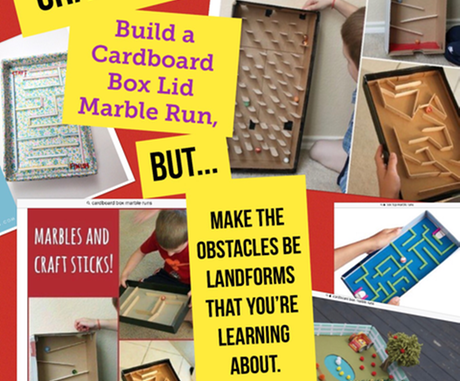
A Choose-Your-Own-Learning-Path Article
By Christopher Hunt
For me, as a teacher and especially as a teacher-librarian, I find the makerspace ethos to be the most exciting trend that has come into education during my career.
I’ve tried many different types of makerspace projects with students and staff, sometimes just for the joy of making and other times with strong curriculum ties. Everything I’ve done can fairly easily be replicated by anyone else; in fact, the projects I do are often just riffing on the inspiration provided by others. The broader social media PLN of Teacher-Librarians is fantastic for open source sharing of ideas, lesson plans, and templates—I’m happy to be a part of that sharing. As you read through the makerspace project descriptions below, choose your own learning path by selecting the links that interest you; navigate back through your browser to make a different choice and follow a different path.
If you choose to learn more about the beginnings of my makerspace journey, and some waxing poetic about this edu-trend, go to this link: bit.ly/2RkSpLj
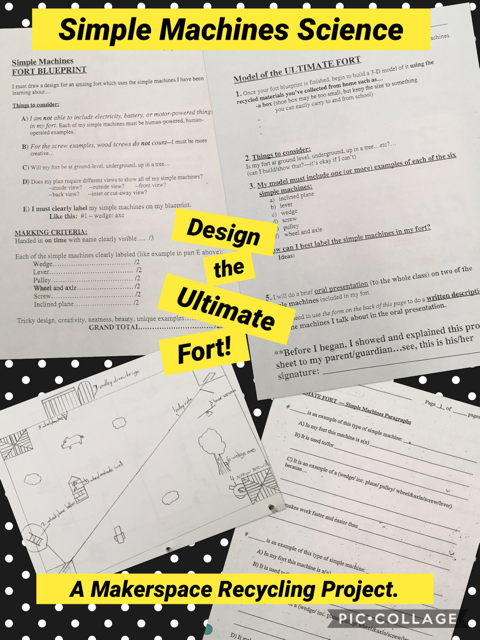
The purest form of makerspace is to have a dedicated area with random art and junk supplies and a variety of tools available for students to freely create whatever they are motivated to make without much outside influence or direction. Sadly, having such an area isn’t always possible. Also, teachers will often want/need the making to tie in to classroom curriculum. So, as a teacher-librarian, co-plan and team teach units that are the best of both worlds: cover curriculum topic knowledge, then have students demonstrate it via building something of their own, even if you constantly have to pull maker supplies out of storage and put them away again.
Again, the purest makerspace projects will embrace the DIY (Do It Yourself) principles of putting to new uses any recycled junk, old tech, and random art supplies you already have on hand, rather than needing to buy a lot of fancy gadgetry and components.

My definition of makerspace is quite broad and incorporates STEAM, ADST, coding, and all of both the fine arts and applied arts: for me, as long as the students are learning to use some sort of tools for the job and are getting to create and build something with their own hands that will not look just like their neighbour’s project, then they are in the makerspace vibe. For me, it’s makerspace whether we are entirely building from scratch or using purchased kits of pre-made things. However, even when we are using pre-made components/devices like Dash or Ozobot robots, LittleBits, KEVA planks, LEGOwall, or TeacherGeek projects, what the kids make must incorporate variations and purposes that they develop for themselves. We try to go off book, and deviate from, or ignore, instructions. We try to throw away the cookie cutter (smash it, really). Each kid should be able to proudly say, “I made this; I’m impressed with my creativity; let me tell you how I did it; let me tell you about the things that went wrong; let me tell you how it works now, and what it is for….”
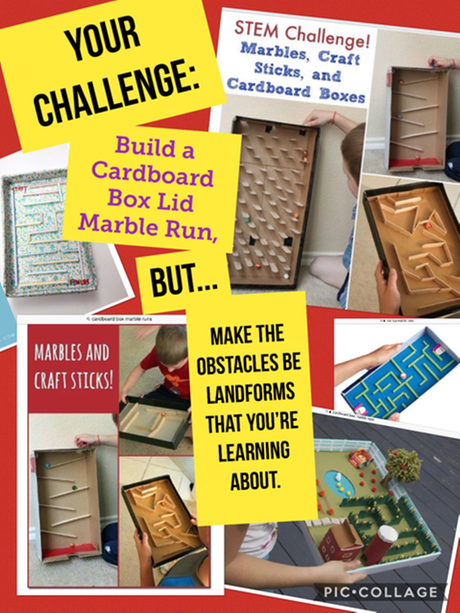
To have successful makerspace programming, the teacher-librarian must rely on support from four main sources: administrators, teachers, custodians, and the Parent Advisory Council. I’ve been lucky to be enthusiastically supported by all these groups at my site. Don’t worry about the students buying in: they are invested from the moment you pitch a maker project.
If you choose to hear more about gaining support for makerspace projects in the LLC, go to this link: bit.ly/GetSup
If you choose to see my initial makerspace proposal to the PAC for tools and a workbench, go to this link: bit.ly/ToolsBench
If you choose to see a Little Free Library makerspace proposal to the PAC, go to this link: bit.ly/LFLplan
Storage: This one word is the scourge, the bane, of starting makerspaces. Where are you going to store tools and supplies for making? This becomes a pivotal question at the beginning of the journey.
If you choose to hear more about storage, go to this link: bit.ly/LibBane
A couple of times in the last few years, I’ve gotten teachers from Grades 3, 4, or 5 interested in joining the Global Cardboard Challenge in October. We have the kids watch the fantastic, heartwarming documentary Caine’s Arcade, by Nirvan Mullick. That eleven-minute film provides massive excitement and inspiration for a few weeks of design and build work leading toward a “day of play” in the library, which gets transformed into an old-timey arcade. The only major rule for this: every element should be made from recycled materials.
If you choose to watch Caine’s Arcade, choose this link: bit.ly/2CKifTy
If you want to know more about the Global Cardboard Challenge, choose this link: bit.ly/GlCBCh
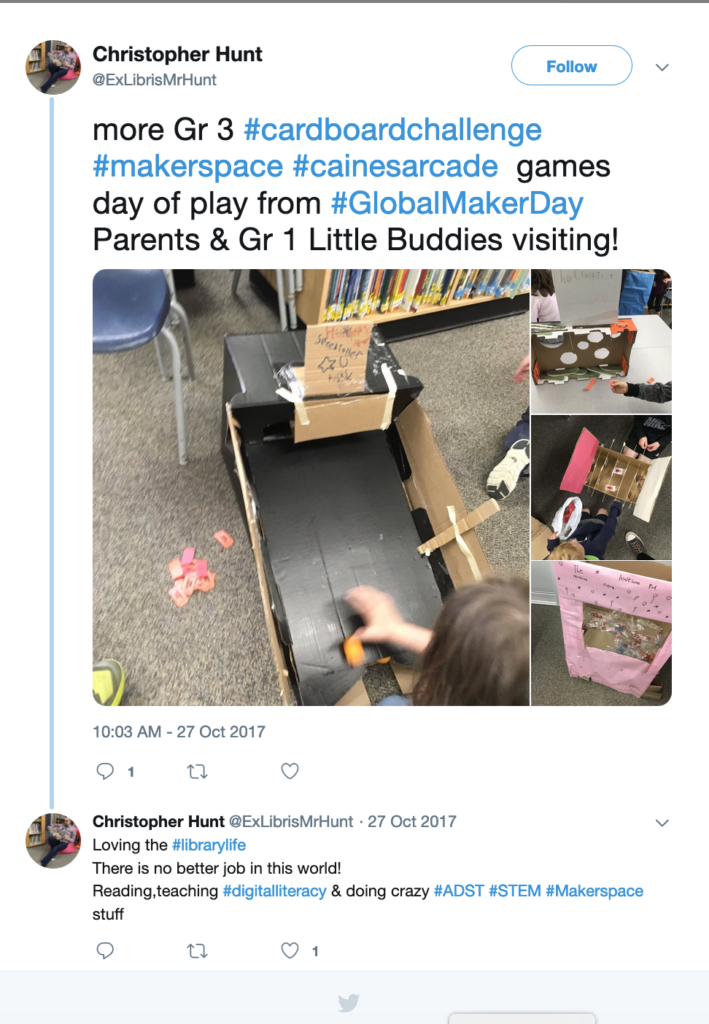
If you want to see pictures of our cardboard arcade, choose these links: bit.ly/LibArcade or bit.ly/LibArc2
This year I did a variation on our Cardboard Challenge: build marble runs in a box. The twist was that the marble needed to travel over, under, around, or through various representations of at least five different landforms the Gr 3 classes had been learning about in Science.
If you choose to see more about these marble runs, choose this link: bit.ly/Landf
If you want to see the students’ LEGOwall landforms, choose this link: bit.ly/LandfLego
Some makerspace projects need less workers; there isn’t enough work for a whole class; in that scenario, calling for lunch hour makers works better. Such was the case when I wanted a small crew to build me a new story corner chair recently.
If you choose to learn more about the story corner chair, go to this link: bit.ly/SCThrone
Off and on throughout my career I’ve been doing a simple machines science project that I developed with a colleague in my very first temporary teacher-librarian position. The students are given the task of drawing a rough blueprint, then building a model (with recycled materials) of their ultimate fort design; it must include at least one example of each of six simple machines.
If you choose to learn more about this project, go to this link: bit.ly/SimpMachForts
If you choose to see some fort models with simple machines, go to this link: bit.ly/FortModels
If you choose to get sidetracked looking at a giant box fort/reading fort, go this link: bit.ly/Box_Fort
Also, off and on for years, I’ve been asking families for old broken technology that I can have for kids to pull apart with tools. Typically, I would call these sessions Take Apart Tuesdays, or Tinkering Thursday, but I recently learned the excellent new coinage for this: Breakerspace! I also use breakerspace and tool safety lessons as part of K or Gr 2 force and motion science units.
If you choose to see breakerspace repurposing of old tech components, go to this link: bit.ly/READsign
If you choose to learn more about using tools for force and motion science, got to this link: bit.ly/Kforce1 and bit.ly/Kforce2
Using old wire coat hangers, and watching a few YouTube how-to videos, you can easily teach students how to form them into simple book stands, art stands, or iPad stands. The only tools necessary are a pile of pliers.
If you choose to see some of these stands, go to this link: bit.ly/WireStand, or bit.ly/WireStandB
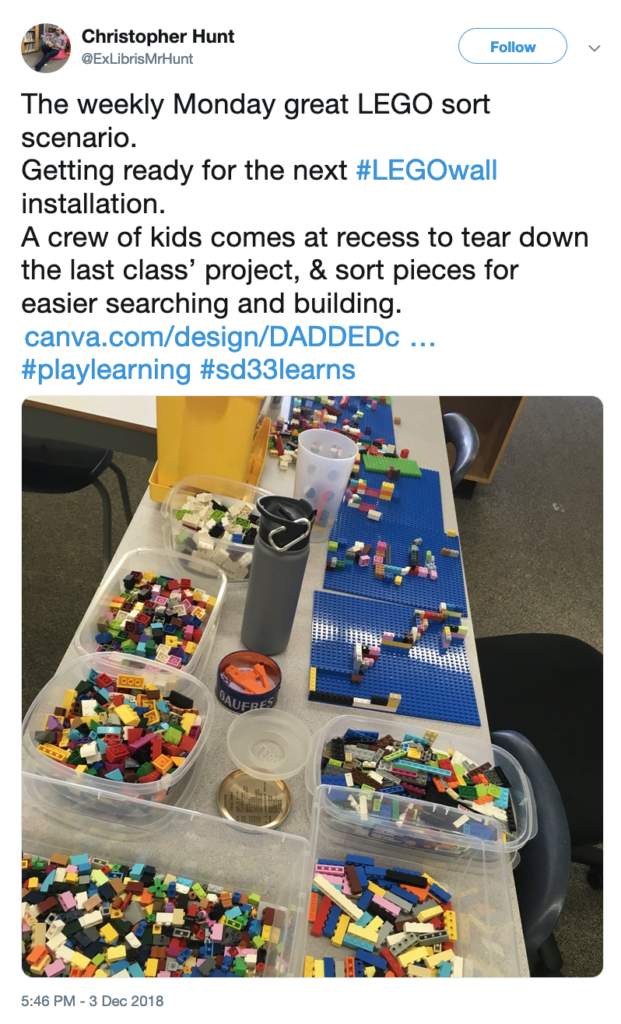
LEGOwalls have become a bit of a popular trend in schools. Getting one built and buying a huge supply of bricks is certainly expensive, but it’s a one-time expense that is endlessly reusable. Our LEGOwall is installed in the Library. Classes sign up for a one week build and art installation project. My preference is to have the creations reflect, review, and enhance current classroom learning. This kind of making requires some spacial awareness, abstract representation, and design ingenuity to get the bricks to show what the builder intends.
If you choose to learn more about how our LEGOwall system works, go to this link: bit.ly/LEGOcafe, or bit.ly/LEGOdism_
If you choose to see some LEGOwall projects examples, go to these links: bit.ly/LEGOsoc, or bit.ly/Marblerun, or bit.ly/LEGOmath_
There are so many other amazingly fun library makerspace ideas that I’d love to share, but I’ll just leave off here with three last choose-your-own diversions…
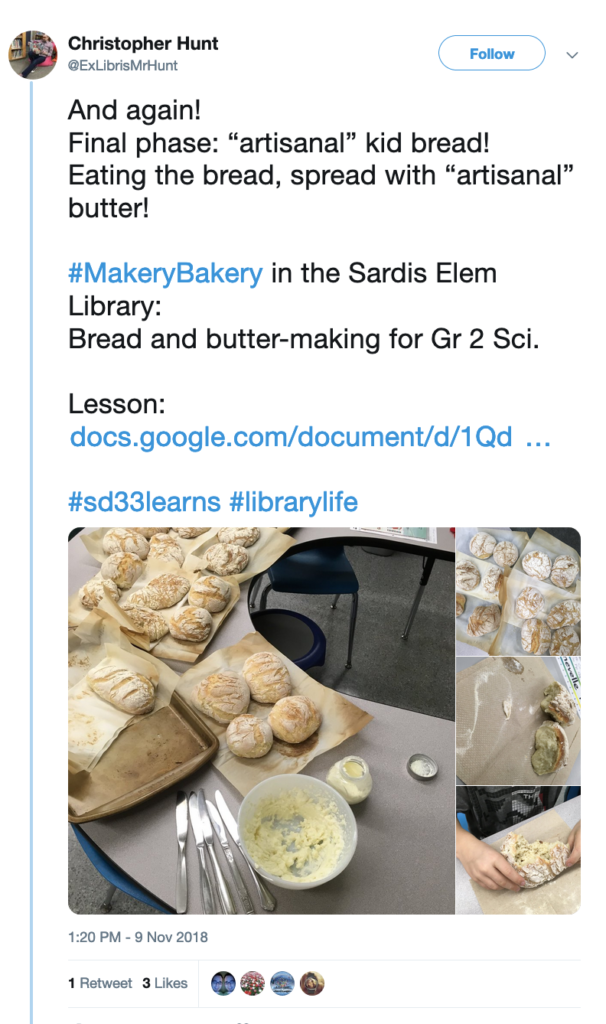
If you choose to learn about building birdhouses and mini planters, go to these links: bit.ly/BHplans, bit.ly/MPplans, bit.ly/Planter_, or bit.ly/Planter_2
If you choose learn about building scooter stands for classroom parking, to go to these links: bit.ly/ScootStand, or bit.ly/ScootStand2
If you choose to learn about from-scratch bread making and butter making for Gr 2 changes of matter science, go to these links:
bit.ly/MakeryBakery1, bit.ly/MakeryBakery2, or bit.ly/BakeLesson
As you can probably tell, I find makerspace learning endlessly inspiring and entertaining. I’ve seen many more ideas posted by others online that I’m itching to try; my screenshots are piling up! One caveat to all this enthusiasm is that it certainly takes a lot of planning time, although I feel it’s comparable to the planning put into more traditional library inquiry learning projects. One attempt tends to pan out to be such a success that it begets a second, a third, and so on. I can’t wait for the latest makerspace initiative at my site: I’ll soon be teaming up with the District ADST Helping Teacher for a project to build bridges and create plush/stuffie monsters as a funky hand sewing project (that also incorporates pseudo-nonfiction writing), all of which is inspired by the fantastic picture book, Monsters Under Bridges. Wish me luck!
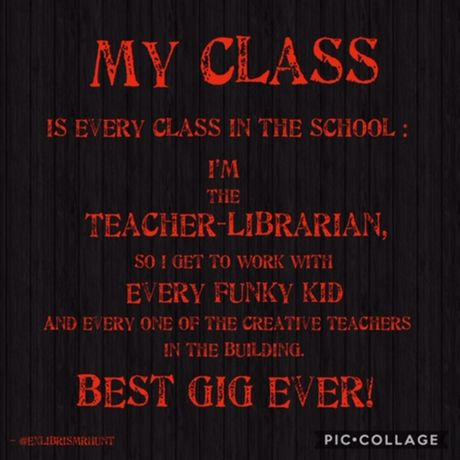
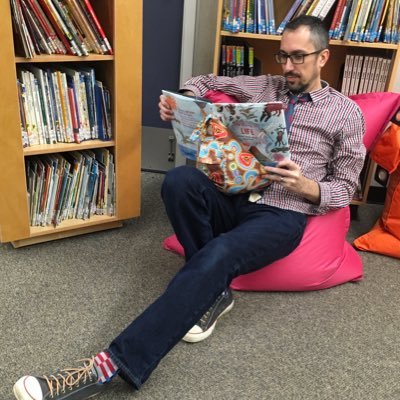
Christopher Hunt is a teacher-librarian working in the library learning commons at Sardis Elementary School in Chilliwack, British Columbia. He believes that being a T-L is truly the best gig ever. He can be found online, posting on both Twitter and Instagram under the handle @ExLibrisMrHunt